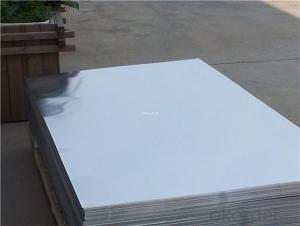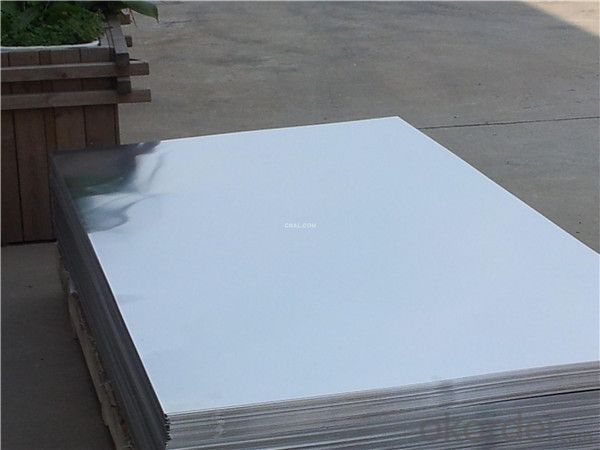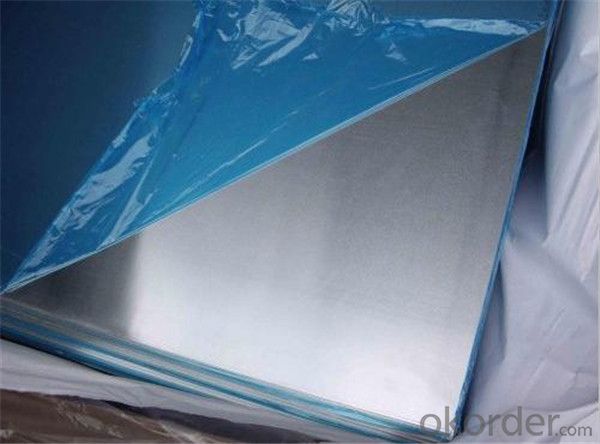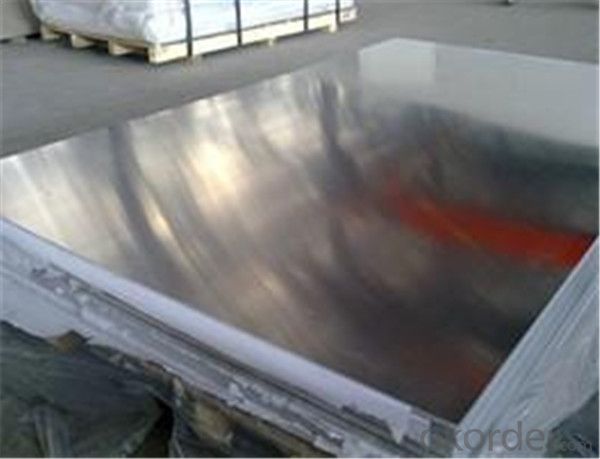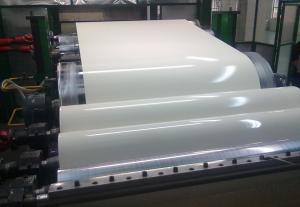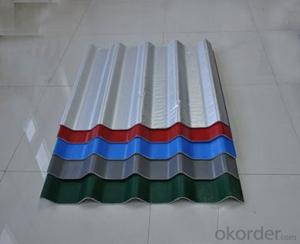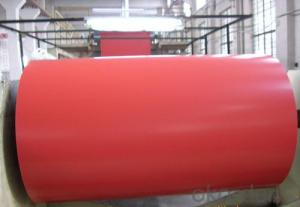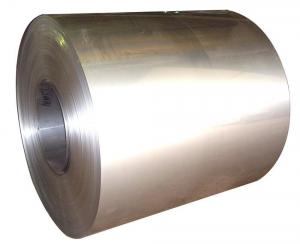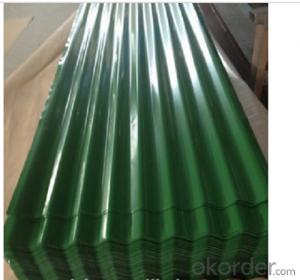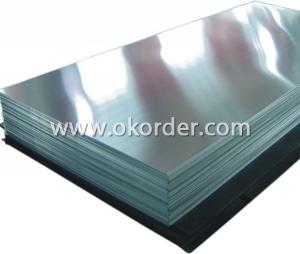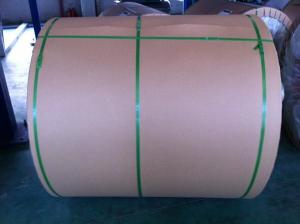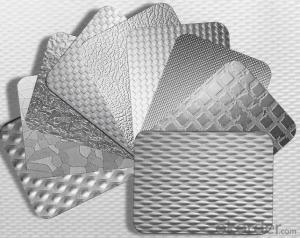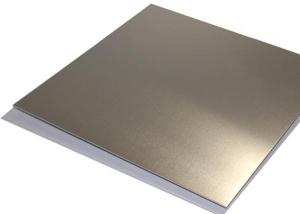Lowes 16 Gauge Thick Aluminum Sheets Coil Color Coated for Roofing and Cladding System
- Loading Port:
- Shanghai
- Payment Terms:
- TT OR LC
- Min Order Qty:
- 3 m.t.
- Supply Capability:
- 100000 m.t./month
OKorder Service Pledge
OKorder Financial Service
You Might Also Like
Specification
1.specification
material: | Alloy or not | ||
thickness: | 1,3 series | 0.3-9.5mm | |
5series | 0.5-150mm | ||
6 series | 5-150mm | ||
7series | More than 6mm | ||
width: | 1,3 series | 900-1500mm | |
5 series | 900-1500mm | ||
6 ,7series | As your request | ||
Circulation size: (width*length)
| 1220*2440mm 1250*2500mm 1500*3000mm 1000*2000mm | ||
Usage : | Boat, plane, building, packaging, machine…. | ||
MOQ | 3 tons | ||
2.product show
Dear Customer, why do I have the confidence to let you buy our product ?
♥strict chemical composition , good hardness high safety performance
♥Oxide film thickness, corrosion resistance
♥Standard aluminum closed time, no rust
♥smooth surface, no burrs
Our VS others
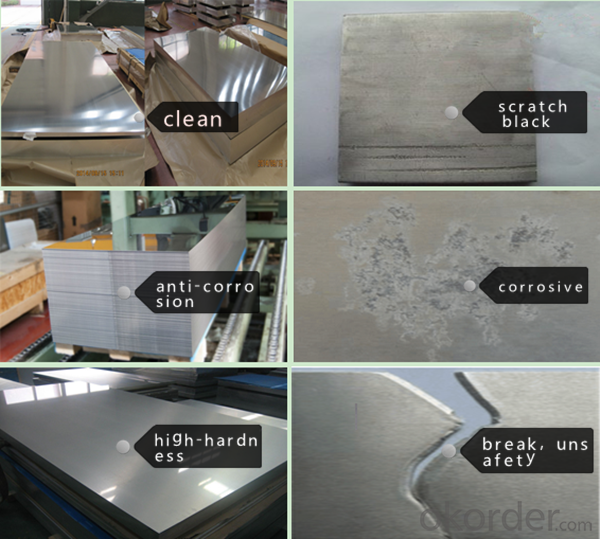
3.shipping:
20~25 working days & send samples:2--3 days after received your advance payment
Mode of transport | advantage | disadvantage | advice |
Express delivery | Fast(3—6days ),door to door wide area coverage | Volume & weight restricted | Good for small cargo |
Sea transpoet | Cheapest volume unlimited | Long sailing time influenced by climate and port conditions | Bulk cargo loose time |
Air transport | Fast(4—5days) simple packaging | The most expensive volume restrict | For valuable cargo urgent need |
Railway | Big volume more expensive | Tracking difficult transit organization may cause delay | Preferred in central Asia |
4.Product photos
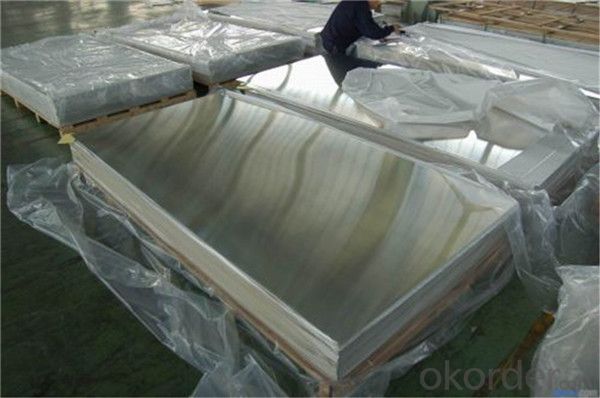
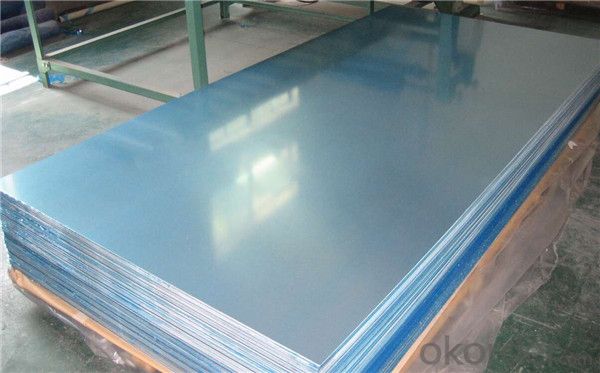
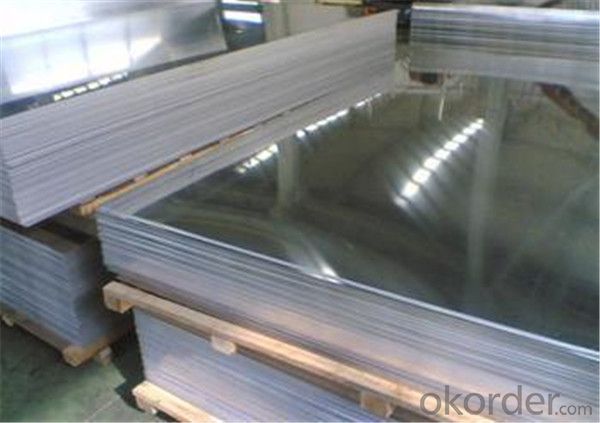
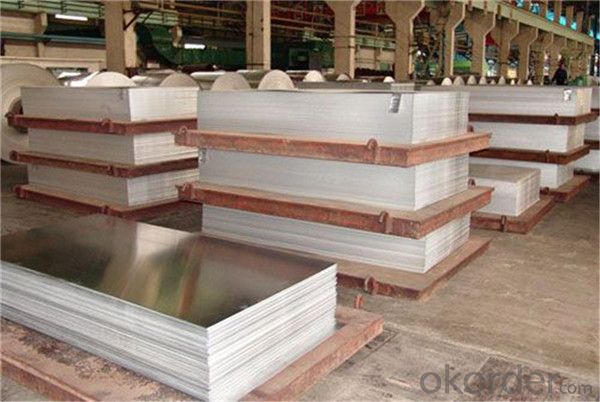
- Q: What kind of pattern aluminium plate has?
- Aluminum alloy decorative plate: aluminum alloy perforated sound absorption boardThe aluminum alloy perforated plate is made of various aluminum alloy plates and punched by machine. Pass a round hole, square hole, round hole, square hole, triangle hole according to the needs of small hole combination. This is a new product that reduces noise and has an ornamental effect. Aluminum Alloy perforated plate material is light, high temperature resistance, corrosion resistance, fire resistance, moisture-proof, shock proof, good chemical stability, beautiful appearance, elegant color, three-dimensional sense of strong, good decorative effect, and is convenient to assemble and can be used in hotels, restaurants, cinemas, studios and other public buildings.
- Q: What specific considerations or precautions need to be taken into account when working with thin aluminum sheets?
- <p>When working with thin aluminum sheets, it's important to handle them carefully to prevent denting or bending. Use gloves to avoid oils and moisture from hands that can cause corrosion. Ensure proper ventilation when cutting or shaping to avoid inhaling aluminum dust. Use sharp tools to minimize the risk of tearing or marring the surface. Also, consider the specific alloy's properties, as different aluminum alloys have varying strengths and malleabilities. Always follow safety guidelines and use appropriate protective equipment.</p>
- Q: This question asks for methods to determine if a building is utilizing high-quality aluminum sheets.
- <p>To determine if a building is using high-quality aluminum sheets, look for the following characteristics: the sheets should have a uniform and smooth surface without visible defects or impurities. Check for a strong and consistent thickness throughout the material. High-quality aluminum is also resistant to corrosion and should not show signs of rust or pitting. Additionally, the sheets should be lightweight yet rigid, indicating a high strength-to-weight ratio. You can also inquire about the manufacturer's specifications and certifications, as reputable suppliers will provide detailed information about the quality and composition of their aluminum sheets.</p>
- Q: There seems to be a load of buzz out there regarding the use of aluminum pots and pans. They apparently may cause Alzheimer’s or bone degeneration in women. I have some cast iron pans that I use when ever possible but they are not always practical. I’d like some of you kitchen pros to give me some sound advice regard the use of aluminum in the home kitchen. I know they are used in food service organizations.... I look forward to some informative replys.Thanks in advance.
- The link between Alzheimer's and aluminum was dis-proven long ago. See the article in the link, from an Alzheimer's Association web site.
- Q: The diameter of a hole drilled through aluminum at 22°C is 7.50 mm. Find the diameter and the area of the hole at 89°C.
- If i was once you, i might depart a small 1cm gap on the high and cover it with mesh - these round ones don't appear to allow a lot air flow in any respect in my viv and i have three... I have a tendency to simply leave the glass open a bit of at both aspect. You'll have got to use a great mesh although to stop bugs escaping via it. BTW - i think you will have to make it slightly deeper... 1.5 at least in case you are maintaining reps a good way to grow to 12inch plus.
- Q: How thick are aluminum sheets commonly available?
- Aluminum sheets commonly available range in thickness from 0.2 millimeters to 6 millimeters.
- Q: Can aluminum sheet be painted or coated after fabrication?
- Yes, aluminum sheet can be painted or coated after fabrication. The surface of the aluminum sheet can be prepared by cleaning and etching to ensure proper adhesion of the paint or coating.
- Q: Can aluminum sheets be used in the aerospace industry?
- Indeed, the aerospace industry does employ aluminum sheets. Aluminum, being a lightweight material with a remarkable strength-to-weight ratio, is highly favored for numerous aerospace purposes. Its usage is prevalent in the manufacturing of aircraft structures, including fuselages, wings, and panels. The adoption of aluminum sheets in the aerospace sector offers several advantages, encompassing diminished fuel consumption due to weight reduction, enhanced maneuverability, and heightened payload capacity. Furthermore, aluminum showcases excellent resistance to corrosion, a vital trait for aircraft operating in harsh environmental conditions. All in all, the aerospace industry extensively relies on aluminum sheets, owing to their advantageous properties and exceptional performance.
- Q: What is the typical fatigue strength of aluminum sheets?
- Aluminum sheets have the potential to vary in their typical fatigue strength due to factors such as alloy composition, thickness, manufacturing process, and surface treatment. However, when compared to other materials, aluminum sheets generally exhibit a relatively high fatigue strength. Aluminum alloys, particularly those utilized in aerospace and automotive applications, are renowned for their exceptional resistance to fatigue. The fatigue strength of aluminum sheets is commonly measured in terms of the stress level (in MPa) at which failure occurs after a specific number of cycles. For aluminum alloys commonly employed in structural applications, fatigue strength typically falls within the range of approximately 70 MPa to 150 MPa, contingent upon the specific alloy and thickness. It is important to acknowledge, however, that this range is not absolute and can exhibit significant variations based on the aforementioned factors. It is noteworthy that the fatigue strength of aluminum sheets can be considerably enhanced through various techniques such as heat treatment, alloying, and surface treatments like shot peening or anodizing. These processes have the ability to augment the fatigue life and enhance the overall performance of aluminum sheets under cyclic loading conditions. In conclusion, while the typical fatigue strength of aluminum sheets can be considered relatively high compared to other materials, it is subject to variation due to several factors. Optimal material selection, in conjunction with appropriate processing and surface treatments, can result in significant improvements to the fatigue performance of aluminum sheets.
- Q: What are the common thicknesses of aluminum sheets used in construction?
- The common thicknesses of aluminum sheets used in construction typically range from 0.032 inches (0.8 mm) to 0.125 inches (3.2 mm).
Send your message to us
Lowes 16 Gauge Thick Aluminum Sheets Coil Color Coated for Roofing and Cladding System
- Loading Port:
- Shanghai
- Payment Terms:
- TT OR LC
- Min Order Qty:
- 3 m.t.
- Supply Capability:
- 100000 m.t./month
OKorder Service Pledge
OKorder Financial Service
Similar products
Hot products
Hot Searches
Related keywords
